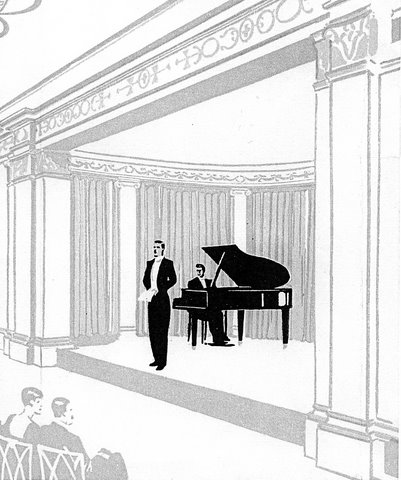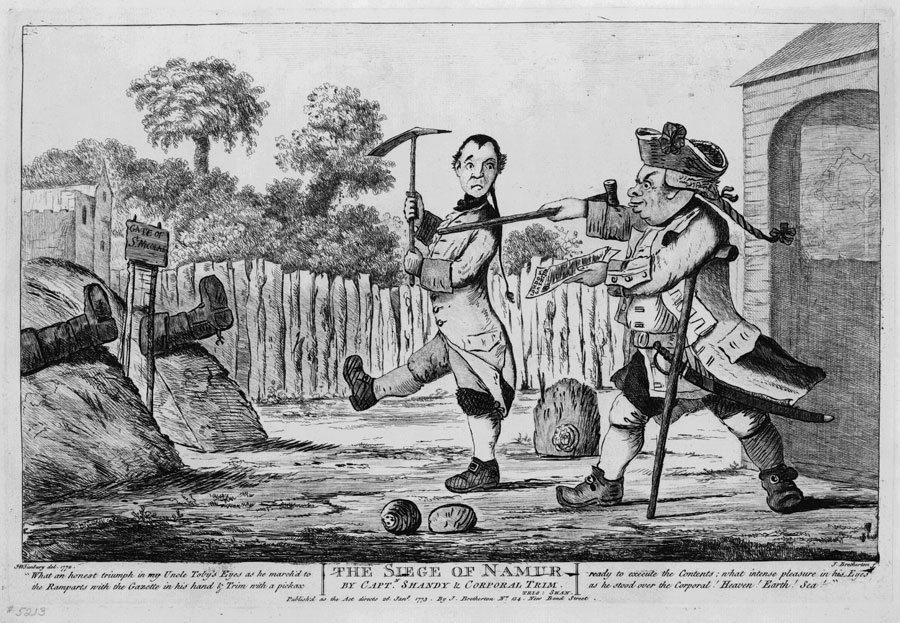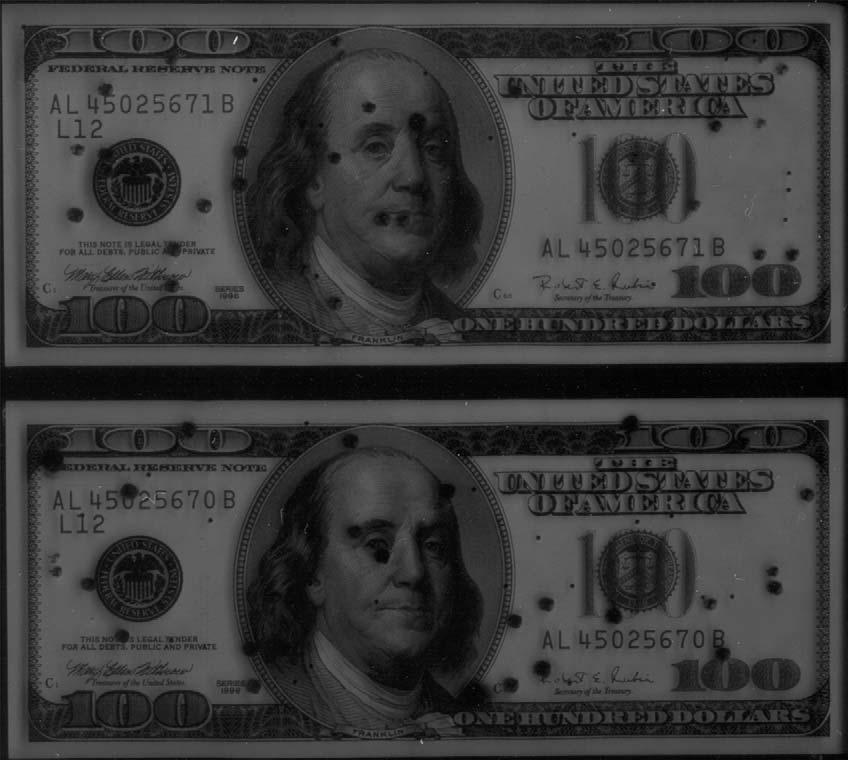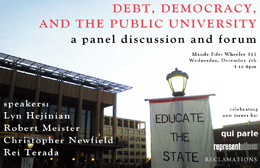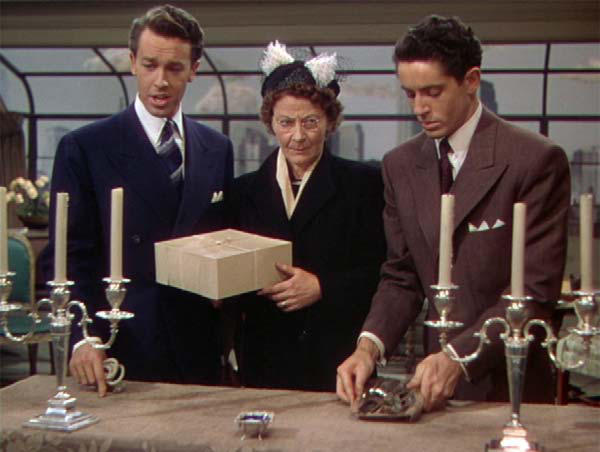JAN VON BREVERN
Resemblance After Photography
ANDERS ENGBERG-PEDERSEN
The Refraction of Geometry: Tristram Shandy and the Poetics of War, 1700-1800
LAURA TUNBRIDGE
Singing Translations: The Politics of Listening Between the Wars
MAIA McALEAVEY
The Plot of Bigamous Return
EITAN BAR-YOSEF
Zionism, Apartheid, Blackface: Cry the Beloved Country on the Israeli Stage
